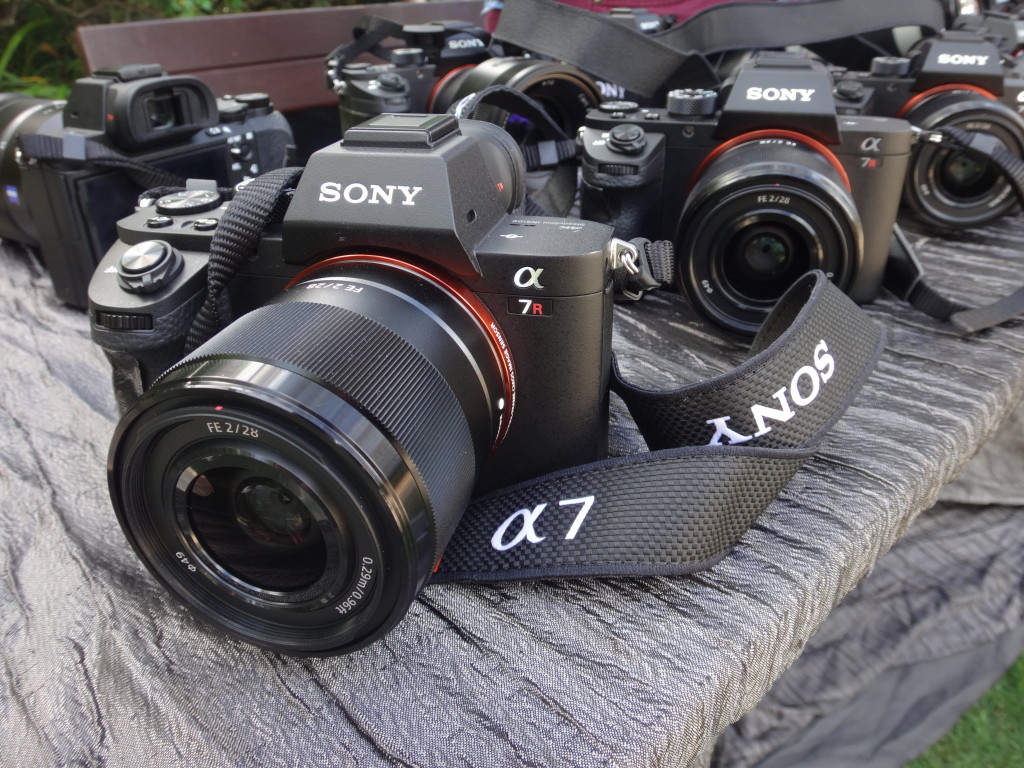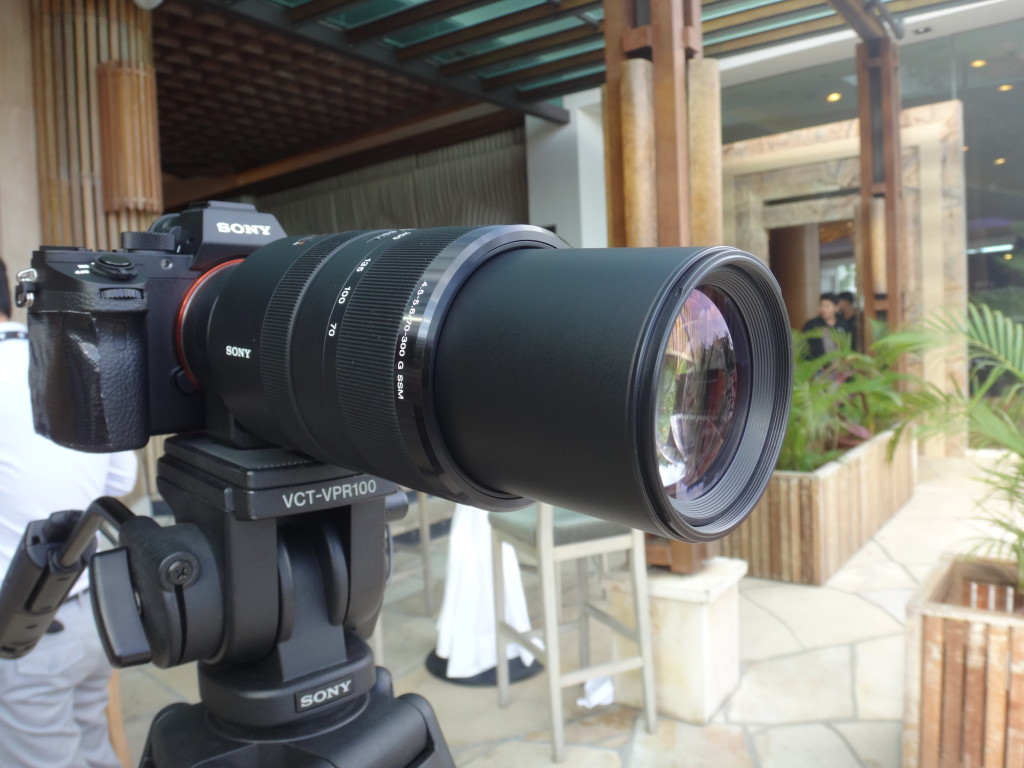You may be a professional photographer taking photos for big projects. Or you may be an amateur doing so purely out of passion. But no matter which category you fall into, you need to make it a point to check out the settings on your camera – to make sure that you get the best out of it and so gain the ability to shoot great images.

Here are some tips on how you can get the most out of your camera.
Here are five camera settings that you can take a look at, to maximise the capabilities of your camera and thus utilise it to the fullest.
1) Image Quality Settings
The majority of cameras are designed to capture photos in JPEG format. This helps to ensure that you can photograph and save as many images as you can within the camera. However do ensure that you check the image size so you won’t end u inadvertently taking lower quality photos than you had initially intended.
2) Exposure Value (EV) Compensation
When you adjust the EV, you can brighten or darken the exposure beyond the camera’s default settings.
3) Flash EV Compensation
Flash EV controls the intensity of light produced by the flash – and suit best, cameras with a built-in flash mode. When you adjust the Flash EV, you can either brighten or dim down the flash of your camera.

The camera can do amazing things, if you know how to utilise it to the maximum.
4) Metering Mode
Using different metering modes, which include Multi-, Centre-, and Spot-metering modes, to determine the best exposure settings for the different situations that you may be in.
5) Focus Magnifier & Zoom
The LCD screen on the camera enables you to zoom right in on an area for sharper focusing.
Here is a video that you can check out, to maximise the settings of your camera and use it to the fullest.
These tips are from SONY Electronics, which has recently come up with a range of new cameras, most notably the a7S II and a7R II full-frame mirrorless cameras as well as the Cyber-shot™ RX100 IV and RX10 II.

Leave a Comment